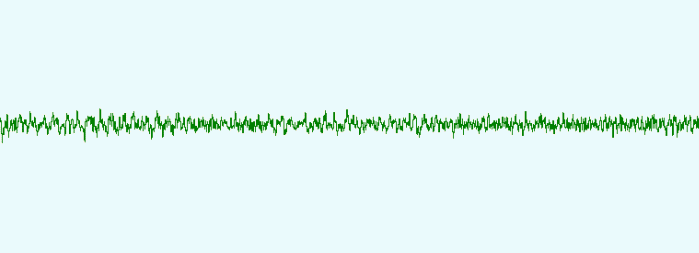(-)
light
odor
sound
ESF
(+)
|
 |
All four stimulus modalities
are modulated by the
pendulum
simultaneously in the
transmission link
|
The dancer's message:
As a consequence of the pendulum not only the vector information towards the outdoor food source but also its odor is coded. In addition, the context information of the dance on the comb, i.e. light, sound and electrostatic body charge, are equally pendulum coded. |